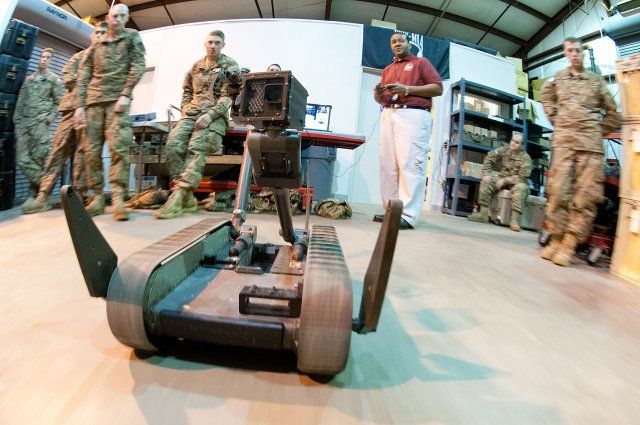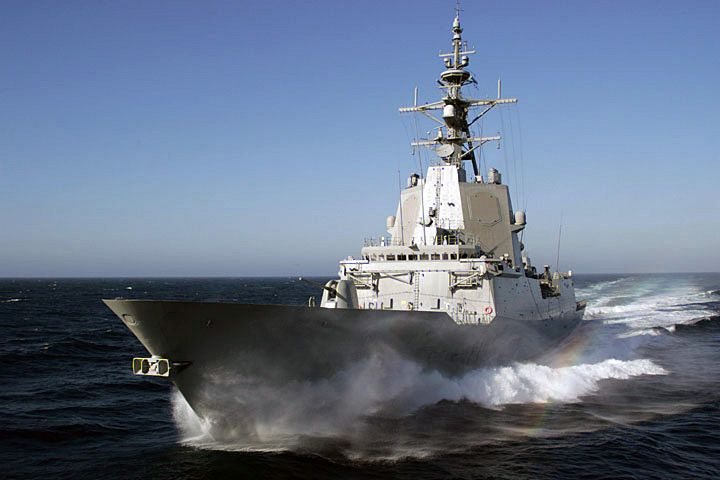Fort Bragg paratroopers bound for Afghanistan picked up the latest skills and equipment from those most recently returned, here at the Joint Readiness Training Center, or JRTC, during the second week of January.
Young officers, junior enlisted and noncommissioned officers with the 82nd Airborne Division’s 1st Brigade Combat Team participated in open-enrollment classes that included battlefield robotics and unmanned aerial vehicles, roadside bomb detection and avoidance, communications, intelligence gathering, electronic warfare, computer systems for command-and-control and logistics, civil affairs, the use of the latest weapons designed to plug capability gaps of traditional weapons systems and more.
“The Army does a pretty deliberate job at putting people into JRTC who have a lot of fresh experience in what they do,” said Maj. Mark Stouffer, operations officer for the “Devil Brigade,” who arrived at JRTC in early January for a month-long rotation. “They take that fresh experience off the battlefield and bring it directly to the Soldiers here, both young and old.”
Most of the trainers are contracted civilians that are part of mobile training teams, and many of those are former service members with experience in Iraq and Afghanistan.
Pvt. Bryan Creedon, who joined the brigade in November, attended a class on improvised explosive device awareness (how to thwart roadside bombs).
“I’m fresh out of basic training, so all of this is beneficial,” he said. An infantryman attached to an outfit of engineers, Creedon will likely be directly involved with clearing main supply routes of
dangers such as improvised explosive devices, or IEDs.
Sgt. Wesley Hatfield, a veteran of the Iraq war who took the course and several others, said that all of the classes were excellent.
“Ain’t nothing but learning going on in there,” he said.
Stouffer said that the week of classes was an efficient means of adding individual skills that are foundational to the collective, unit-based skills that will be put to the test later in the rotation.
“We could train at home, but here there are a lot of additional trainers resourced by JRTC who enable us to train all our Soldiers at the same time, whereas at home station, we would end up training just a small portion of them over a much longer period,” he said.
“It’s great to get a lot of new equipment and training on the new equipment, but you need the time, the resources and the mentorship to put all that equipment into the tactics that have been proven over the years and to employ them,” he said.
Stouffer added that a major benefit of the classroom training was that anyone could attend any course, which promoted cross-training between the various military occupation specialties and made for a more adaptive Soldier.
Class offerings are standard for any JRTC rotation, though the content of each course is adjusted as new tactics, techniques, procedures and equipment are developed for the battlefield, according to Maj. John Britton, a rotational planner for the JRTC operations group.
The Fort Bragg-based unit is a light infantry brigade whose last deployment was to Iraq’s Al Anbar province in 2009-10, where they advised and assisted Iraqi security forces.











